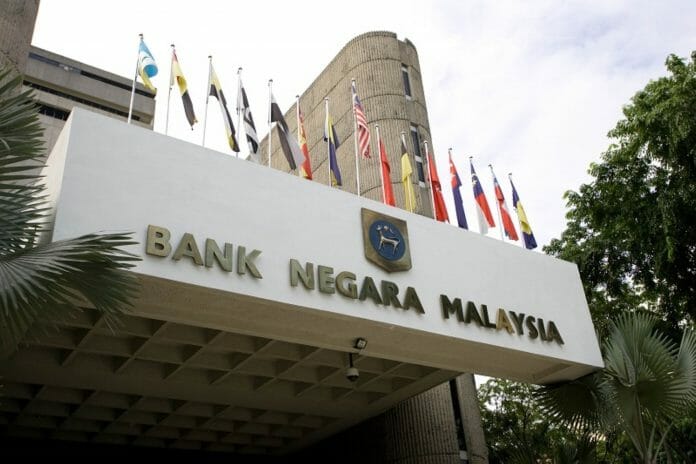Bank Negara Malaysia (BNM) international reserves reverted to a downtrend, declining by USD1.1 billion or 0.9% to USD114.4 billion as of 28 April 2023.
This is sufficient to finance 5.1 months of imports of goods and services, previously retained imports, and is 1 time total short-term external debt. The decline was mainly due to a sharp drop in foreign currency reserves, less USD1.2 billion or -1.1% month-on-month to USD101.9 billion.
This decreased at the fastest pace in seven months, potentially due to BNM foreign exchange intervention operations. Other reserve assets rose by USD0.1 billion or 4% month-on-month to USD2.8 billion, the largest holdings in 14 months. Gold and special drawing rights remained fairly unchanged, said Kenanga Investment Bank Bhd (Kenanga) in a recent report.
In ringgit terms, the value of BNM reserves declined by RM4.9 billion or 1.0% month-on-month to RM505 billion. USDMYR monthly average (4.424; Mar: 4.469): despite the narrowing of the MY-US bond yield differential amid expectation of another 25 basis points hike by the Fed and rising global recessionary fears, the ringgit reversed some of its March’s losses against the USD.
The local note was mainly supported by the weakening of the USD index (DXY) due to the softening of US labour market, as well as China’s stronger-than-expected quarter one 2023 GDP reading. Most ASEAN-5 currencies strengthened against the greenback, mainly due to a 1.9% decline in the DXY.
The appreciation was led by Indonesian Rupee (2.7%), followed by Malaysian Ringgit (1.0%), Singapore Dollar (0.7%), and Thai Baht (0.6%). Bucking the trend, the Philippine peso depreciated by 1.2% against the USD, mainly due to Bangko Sentral ng Pilipinas’ dovish guidance and higher Brent crude oil price average of USD83.4 per barrel in April.
No more hikes were expected in 2023 as the already implemented rate increases should suffice in reducing inflation. To recap, at its January 2023 meeting, the BNM decided to keep the overnight policy rate (OPR) unchanged to assess the impact of the cumulative past OPR adjustments, given the lag effect of monetary policy on the economy.
The most significant data since then has been the March core inflation reading, indicating a decrease in inflation to 3.8% year-on-year from the November 2022 peak of 4.2%. Hence, despite the recent unexpected 25 basis points rate hike by the BNM, Kenanga maintains their primary assumption that the implemented rate hikes should suffice in further reducing inflation while sustaining economic growth.
“Assuming no external shock to our growth and inflation outlook, we expect the BNM to maintain a steady OPR rate of 3.00% for the rest of 2023,” said Kenanga.
USDMYR year-end forecast (4.11; 2022: 4.40) despite still trading above the 4.40 level against the USD, the ringgit may gain ground and strengthen to around 4.35 by end of quarter two 2023, especially if the Fed signal that they have done enough in their next meeting in June.
Moving forward, the local note may continue to appreciate due to solid domestic economic growth outlook and a risk-on sentiment comeback, potentially in quarter four 2023 as the Fed begins to cut rates.









